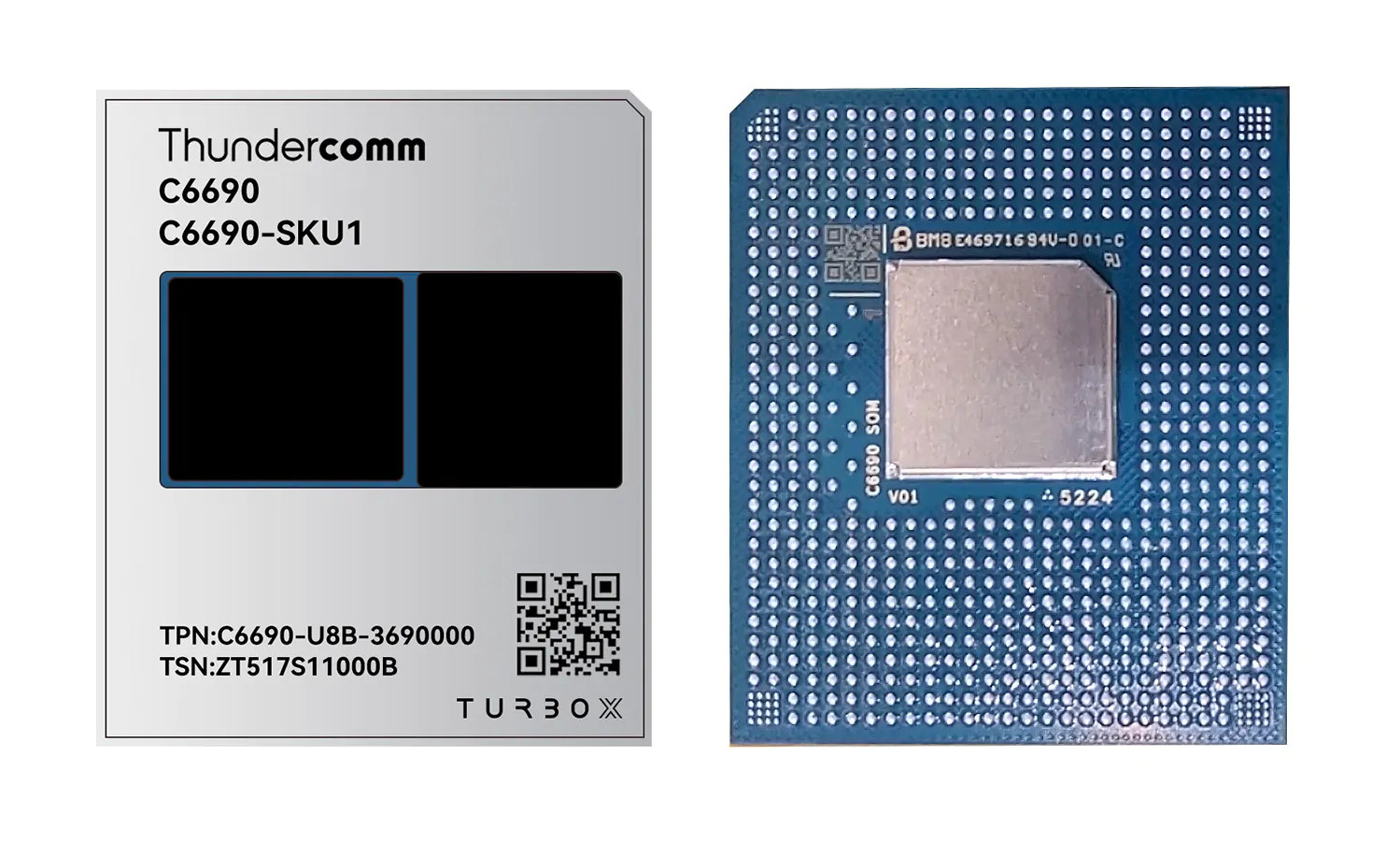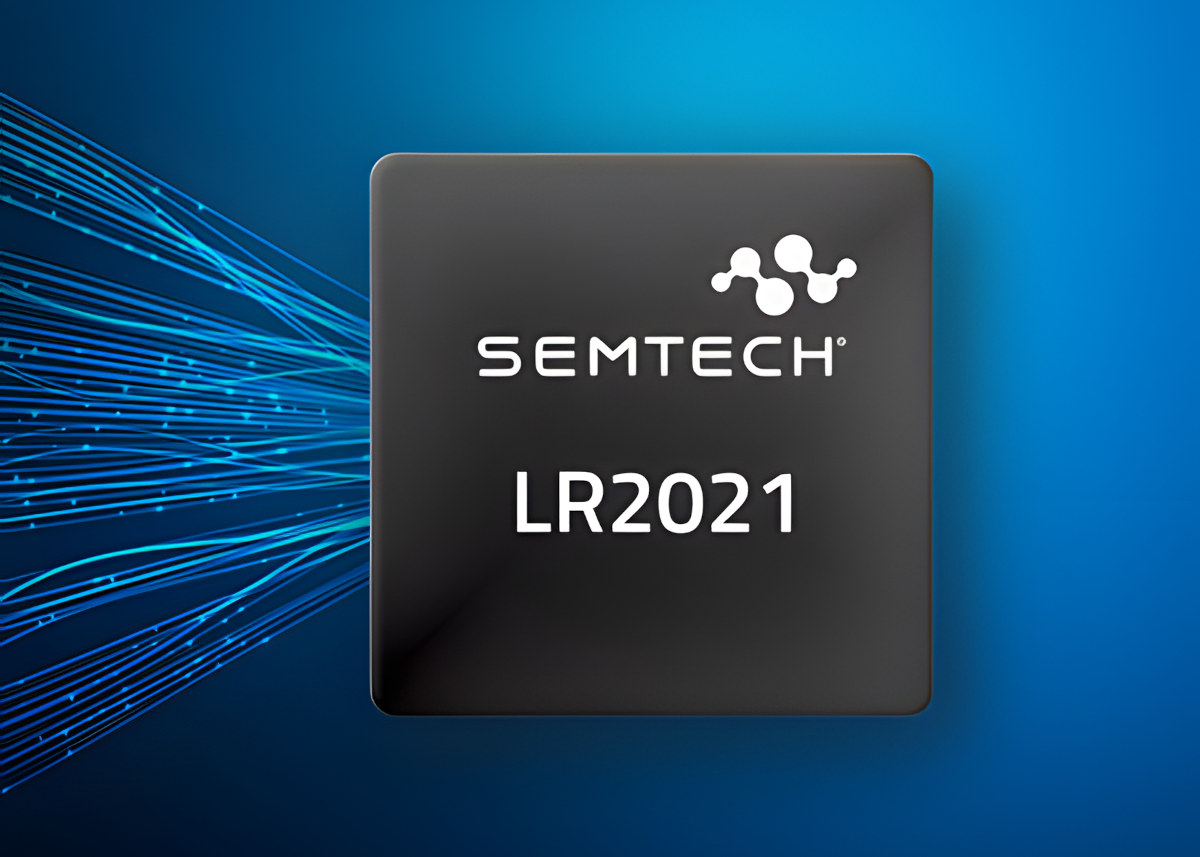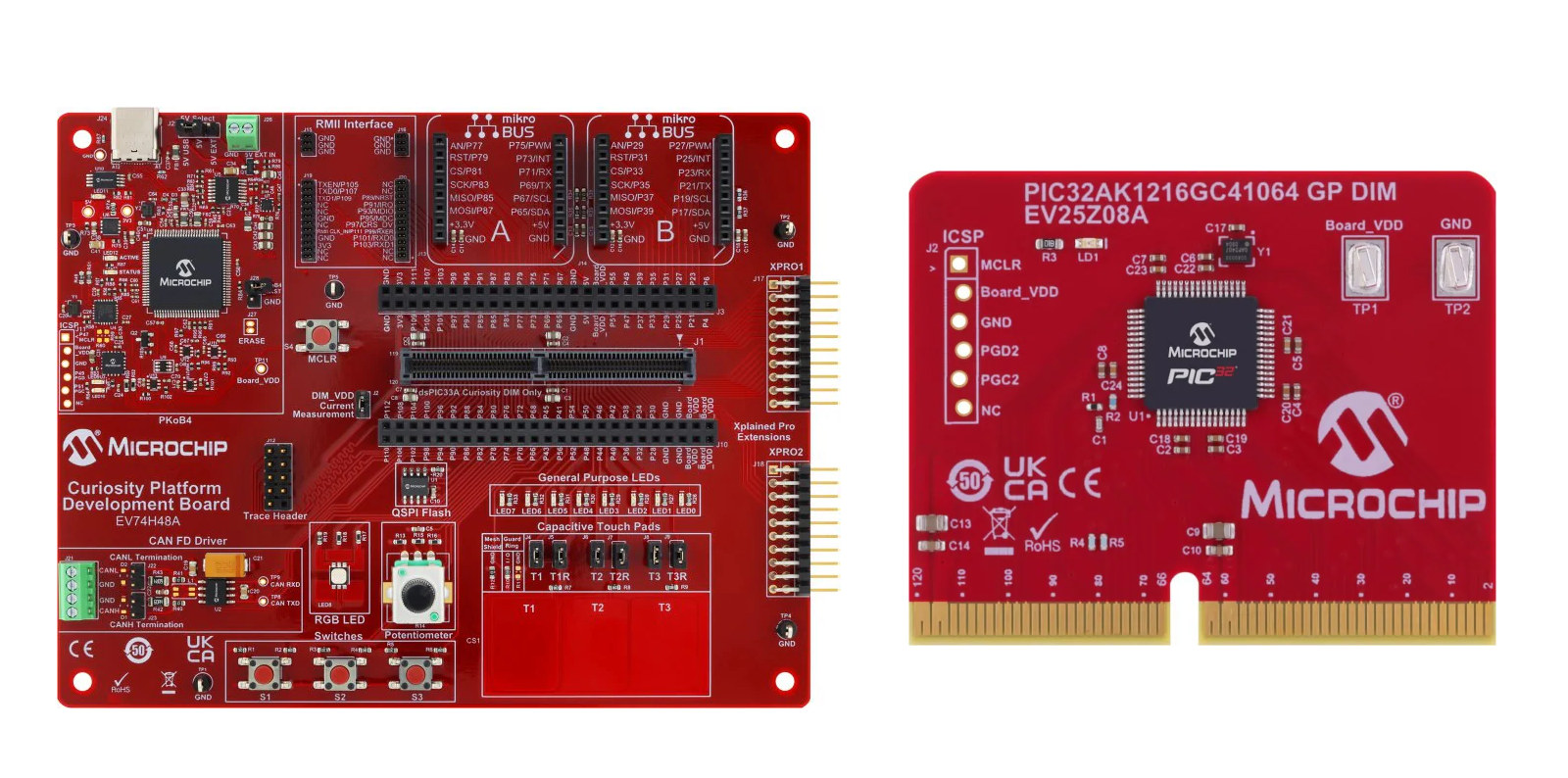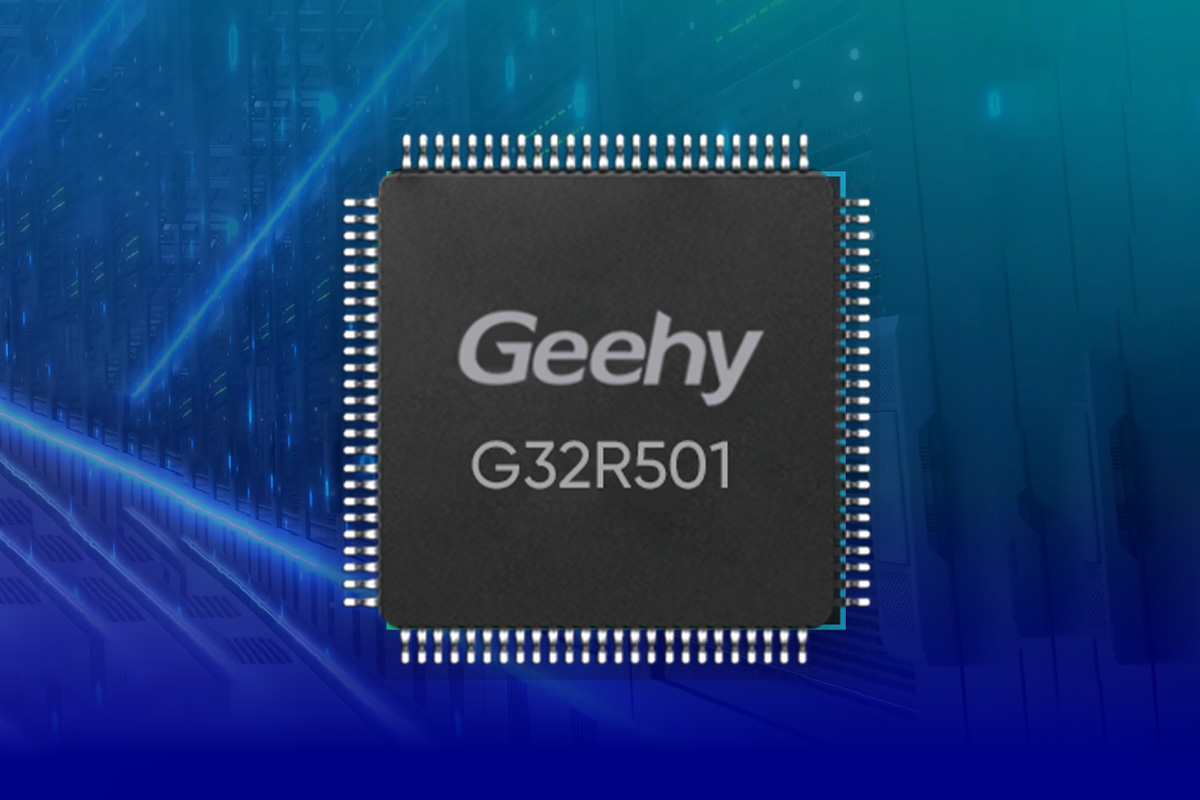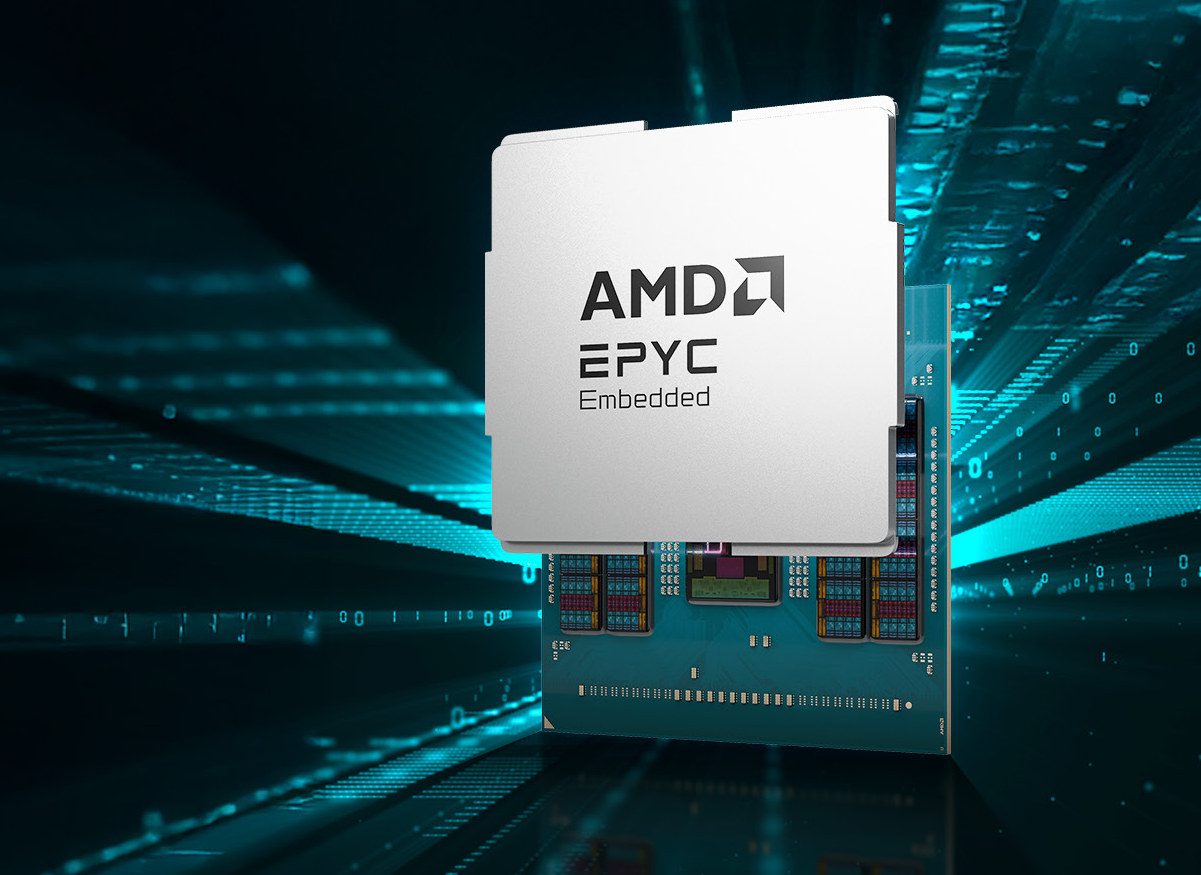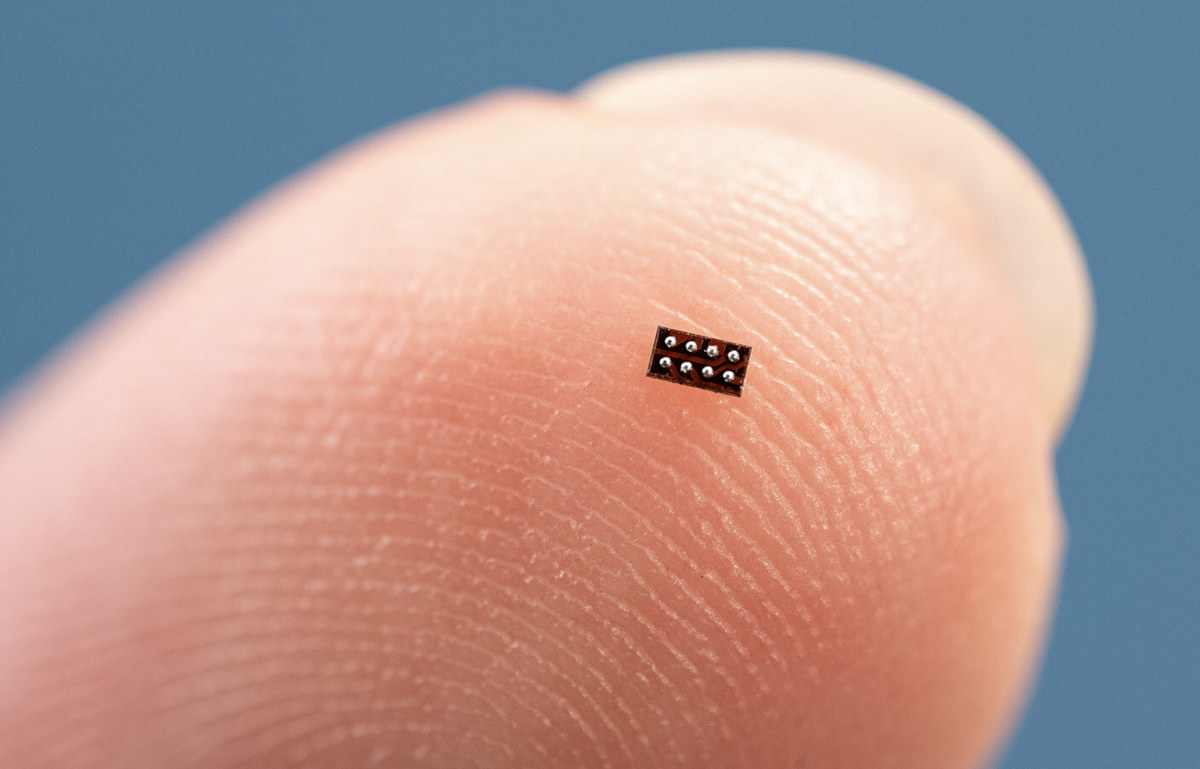Variscite VAR-SOM-AM62P is a system-on-module powered by Texas Instruments Sitara AM62P5 quad-core Cortex-A53 + Cortex-R5F SoC coupled with up to 8GB LPDDR4 RAM and 128GB eMMC flash, and designed for cost-effective multimedia applications. The SO-DIMM module offers high speed interfaces such as gigabit Ethernet and USB 2.0, a certified WiFi 6 and Bluetooth 5.4 module, and operating in the -40 to 85°C industrial range. As a VAR-SOM module, it’s pin-to-pin compatible with other modules from the family such as the VAR-SOM-6UL or VAR-SOM-IMX93. Variscite VAR-SOM-AM62P specifications: SoC – Texas Instruments Sitara AM62P5 CPU 4x Arm Cortex-A53 @ 1.4 GHz up to 12,880 DMIPS Arm Cortex-R5F real-time core up to @ 800 MHz GPU – 3D GPU with OpenGL ES 3.2 & Vulkan1.2 VPU – H.264/H.265 Video Encoder/Decoder No PRU System Memory – 1GB to 8GB LPDDR4 Storage – 8GB to 128GB eMMC flash Networking Gigabit Ethernet PHY (Analog Devices ADIN1300) […]
Thundercomm TurboX C6690 SoM runs Android 15 on Qualcomm DragonWing QCS6690 SoC for terminal equipment
Unveiled at Embedded World 2025, Thundercomm’s TurboX C6690 is a SoM (System-on-Module) powered by a 4nm Qualcomm Dragonwing QCS6690 octa-core SoC, and designed for Android 15-based terminal equipment such as industrial handheld devices, industrial tablets, edge computing, and smart retail applications. The LGA system-on-module features a multi-chip package that combines 8GB LPDDR4x memory with 256GB UFS storage, and offers MIPI and DP (USB) display interfaces, four MIPI CSI camera interfaces, a USB 3.1 interface, a PCIe Gen2 interface, and various low-speed I/Os such GPIO, I2C, UART, and SPI. Thundercomm TurboX C6690 SoM specifications: SoC – Qualcomm Dragonwing QCS6690 CPU – Octa-core Qualcomm Kryo CPU 7-series (1x Kryo Prime core @ 2.9GHz, 3x Kryo Gold @ 2.7GHz, 4x Kryo Silver @ 2.0GHz) GPU – Qualcomm Adreno GPU 7-series DSP – Qualcomm Hexagon DSP with HVX and HMX ISP – Qualcomm Spectra ISP 665 image processing VPU Video Encode – Up to […]
Semtech LR2021 “LoRa Plus” transceiver supports LoRa Gen 4, Amazon Sidewalk, Meshtastic, wM-BUS, Wi-SUN FSK, and Z-Wave
Semtech LR2021, the first chip in the LoRa Plus family, supports LoRa Gen 4 technology with both terrestrial and satellite networks in the Sub-GHz, 2.4 GHz ISM bands, and licensed S-band, while keeping backward compatibility with previous-generation LoRa devices. But it goes beyond just supporting LoRa and LoRaWAN networks, since it features expanded physical layer modulations for fast long-range communication (FLRC) enabling compatibility with various low-power wireless protocols such as Amazon Sidewalk, Meshtastic, Wireless M-Bus (Wm-BUS), Wi-SUN FSK, and Z-Wave when integrated with third-party stacks. Semtech LR2021 key features and specifications: Terrestrial and non-terrestrial network (NTN), Sub-GHz, 2.4GHz ISM and licensed S-band radio. Frequency Ranges 150-960 MHz 1600-2500 MHz Multi-PHY compatibility enables low-power wireless protocols with third-party stacks. FLRC up to 2.6 Mbps, LoRa up to 200 kbps Modulation – FSK, LoRa, LR-FHSS, FLRC, O-QPSK, OOK Multi-region operation with single switch-less front-end design. +22 dBm to -10 dBm transmitter Rx […]
Tiny Silicon Labs BG29 Bluetooth LE SoC measures just 2.8 x 2.6mm for wearables and sensors
Yesterday, we wrote about the world’s smallest microcontroller (TI MSPM0C1104), which measures just 1.38mm2 in its smallest package. However, it is designed for general-purpose applications without built-in wireless connectivity. If you need Bluetooth LE in a tiny form factor, Silicon Labs BG29 wireless SoC, with a 2.8x 2.6mm package, is worth a look. The BG29 features a Cortex-M33 core clocked at up to 76.8 MHz, up to 256KB SRAM, up to 1MB flash, various digital and analog peripherals, and security features that make it suitable for Bluetooth LE applications such as wearable health and medical devices, asset trackers, and battery-powered sensors. Silicon Labs BG29 (EFR32BG29) specifications: CPU core – Arm Cortex-M33 @ 76.8 MHz with DSP instruction and floating-point unit Memory – Up to 256 kB RAM data memory Storage – Up to 1 MB flash program memory Wireless – 2.4 GHz radio Protocols – Bluetooth 5.4 Low Energy (LE) […]
Microchip PIC32A is a 32-bit MCU family with high-performance analog peripherals supporting up to 40 Msps
Microchip Technology PIC32A is a new family of 32-bit microcontrollers clocked at up to 200 MHz with high-speed analog peripherals that include up to 40 Msps 12-bit ADCs, high-speed 5 ns comparators and 100 MHz operational amplifiers for smart edge sensing. The PIC32A microcontrollers also feature up to 16KB RAM with ECC, up to 128KB flash, various I/O, and security and safety features that make them suitable for general-purpose applications across automotive, industrial, consumer, Artificial Intelligence (AI), Machine Learning (ML), and medical markets. Microchip PIC32A specifications: MCU core – 32-bit CPU @ up to 200 MHz with 64-bit FPU, instructions optimized for speed and program code size Memory – Up to 16KB RAM with ECC Storage – Up to 128KB flash with 64x 128-bit OTP area Peripherals 4x PWM generators with up to 2.5ns resolution 3x 4-wire SPI 2x I2C 3x UART; automated UART handling support for LIN 2.2, Digital […]
Geehy G32R501 dual-core Cortex-M52 industrial AI MCU targets industrial and automotive applications
Geehy Semiconductor has introduced the G32R501 Cortex-M52 industrial AI MCU, the industry’s first real-time MCU based on a dual-core Arm Cortex-M52 architecture. Designed for industrial automation, commercial power supplies, and electric vehicles. Back in 2023, we talked about the features and specifications of the Arm Cortex-M52 core, but now Geehy has introduced the G32R501 MCU with AI and DSP capabilities designed for low-cost IoT applications. This MCU features single and double-precision FPUs, an Arm Helium DSP extension, and Geehy’s Zidian Math Instruction Extension for AI/ML tasks and signal processing. It includes 640 KB Flash, 128 KB SRAM, TCM (Tightly Coupled Memory), and a six-channel DMA module for efficient data handling. The MCU also features three 12-bit ADCs (3.45 MSPS), seven 12-bit DAC comparators, and Σ-Δ filter modules to improve signal accuracy, making it ideal for motor control and real-time monitoring. With 16 high-resolution PWM channels (150-ps resolution), quadrature encoder modules, […]
5th Gen AMD EPYC Embedded 9005 Series Zen 5 processors supports up to 6TB DDR5 memory, up to 160 PCIe Gen 5 lanes
AMD has just introduced the 5th Gen AMD EPYC Embedded 9005 Series “Zen 5” processors designed for embedded systems with a focus on longevity (7 years), reliability, and system resiliency, and targeting networking, storage, and industrial edge systems with support for up to 6TB of DDR5 memory, up to 160 PCIe Gen5 lanes with CXL 2.0. The EPYC Embedded 9005 Series processors are offered with 8 to 192 cores in a single socket and deliver up to a 1.3x faster networking process and 1.6x faster storage. The company also claims a 1.3x increase in socket throughput and 1.3x better performance/Watts compared to the competition thanks to the new Zen 5c architecture. AMD EPYC Embedded 9005 highlights: CPU sub-system AMD EPYC Embedded 9745 to 9965 – Zen 5c architecture up to 12x core complex dies (CCDs), 192x cores, 384x threads AMD EPYC Embedded 9015 to 9655 – Zen5 architecture up to […]
Texas Instruments MSPM0C1104 is the world’s smallest microcontroller with a size of 1.38mm2
Texas Instruments (TI) has expanded the MSPM0 Arm Cortex-M0+ MCU family with the MSPM0C1104 which is the world’s smallest microcontroller measuring just 1.38mm2 in its WCSP package, or about the size of a black pepper flake. Equipped with up to 16KB flash, 1KB SRAM, I/Os such as GPIO, I2C, UART, SPI, and a 12-bit analog-to-digital converter (ADC), the MSPM0C1104 is optimized for space-constrained applications such as medical wearables and personal electronics. TI MSPM0C1104 specifications: MCU Core – 32-bit Arm Cortex-M0+ CPU clocked at up to 24MHz Memory – 1KB of SRAM Storage – Up to 16KB of flash Peripherals Up to 18x GPIO (5V tolerant) 1x UART, 1 I2C, 1x SPI Analog 1x Analog-to-digital converter (ADC) with up to 10 total external channels, 1.7Msps at 10 bit or 1.5Msps at 12 bit with VDD as the voltage reference Configurable 1.4V or 2.5V internal ADC voltage reference (VREF) Integrated temperature sensor […]



